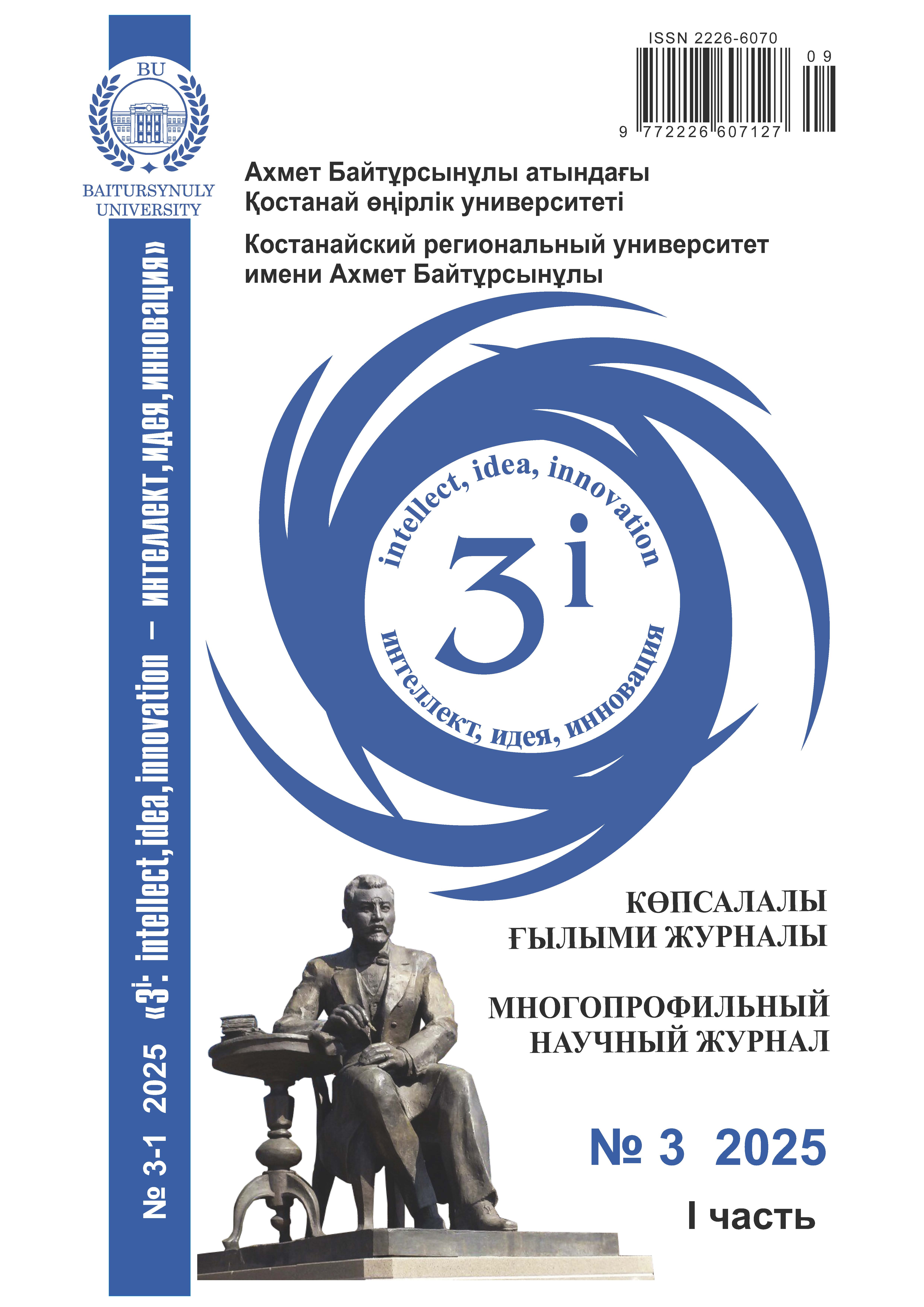АНАЛЫҚ БЕЗДЕРДІҢ ФОЛЛИКУЛЯРЛЫҚ-КИСТАЛЫҚ АУРУЫ КЕЗІНДЕГІ СИЫРЛАРДЫҢ ҚАНЫНЫҢ ЭРИТРОЦИТТІК ҚҰРАМЫ
DOI:
https://doi.org/10.52269/KGTD2531103Кілт сөздер:
қанның, сиырдың жасушалық құрамы, фолликулярлық-цистикалық ауру, эритроциттер, гемоглобинАңдатпа
Мақалада гинекологиялық диспансерлеу нәтижесінде клиникалық ректалды және ультрадыбыстық зерттеулердің нәтижелері бойынша фолликулярлық-кисталық ауру диагнозы қойылған голштинизацияланған қара-алуан тұқымды сиырлардың қанының эритроциттік құрамының ерекшеліктеріне баға берілді. Сүйек кемігіндегі гемопоэтикалық дің жасушаларынан түзілген қызыл қан жасушалары эритропоэтин гормонымен басым түрде бақыланатын жетілудің дәйекті кезеңдері арқылы өзгереді. Толық дамығаннан кейін эритроциттер өзегін жоғалтады, содан кейін қан айналымы жүйесіне енеді. Қан ағымында қызыл жасушалар кішкентай мөлшерден айырмашылығы, икемді биконкулярлы. Құрамында гемоглобин бар, өкпеден оттегін периферияға және көмірқышқыл газын кері тасымалдайды. Эритроциттермен байланысты ең көп таралған аурулар-анемия. Қанның эритроциттік пулы орташа оңтайлы көлемі (43,08±1,12 фл.) бар эритроциттердің физиологиялық деңгейімен (6,10±0,11 х1012/л, Cv=1,23%) сипатталатыны анықталды., Cv= 8,20%). RDW-SD және RDW-Cv мәндері бойынша бағаланатын жасушалардың көлемдік қасиеттері сәйкесінше 9,19 және 14,00% нормативтік шектен асып, гематокриттің мөлшерін 26,26±0,30% деңгейінде және қызыл жасушалардың гемоглобинмен қанығу тығыздығының төмендеуін анықтайды, бұл анемия белгілеріне сәйкес келеді.




